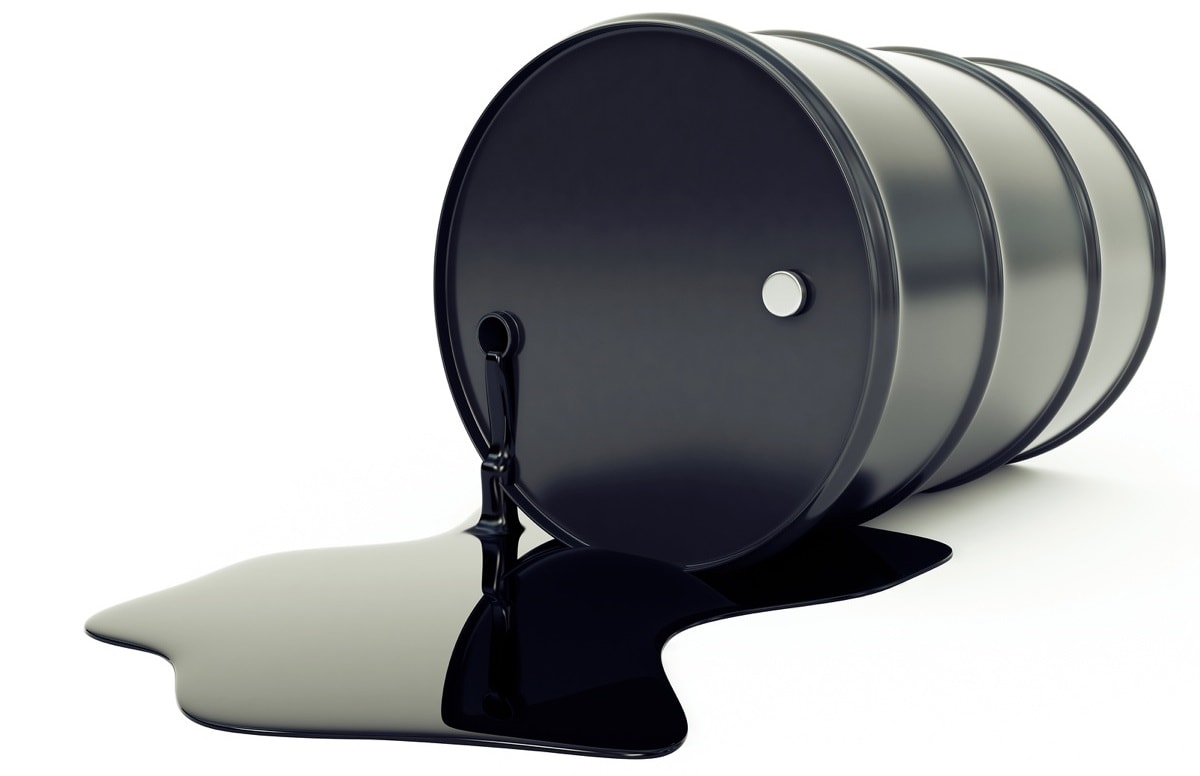May, 15, 2018

Sri Lankan government’s expenditure on refined petroleum imports had increased in recent months whilst fuel imports had been on a declining trend. The recent External Sector performance data from the Central Bank of Sri Lanka (CBSL) showed that the non-importation of crude oil due to the closure of the refinery for maintenance purposes and lower volumes of coal imports, resulted in expenditure on fuel imports declining in February 2018 although expenditure on refined petroleum imports had increased.
Sri Lanka has only one, nearly a half century aged 50,000 bpd refining capacity oil refinery in Colombo’s suburb Sapugaskanda, built originally to refine Iranian light crude, in early 1970’s starting with 38,000 bpd capacity, which was built at the time when Iranian Shah’s relations were strong with then US President and the government. Reports across the globe highlights that, in 1970’s era nearly 5 decades ago many countries in Indian Ocean and East Asian economies got refineries backed by international financial resources that are capable of refining Iranian light crude mainly to support US-Iran oil business whilst politicians in Asian economies are said to have unknowingly supported western economies financial and oil agenda at the times which has cost those economies billions of dollars for oil for decades to come.
Sri Lanka to date produce no crude oil, and spent average over US $ 3 billion annually for the country’s oil bill in recent decades, and has the benefit of saving over US $ 500 million per year if another refinery is built with modern technologies that could refine other crude, according to experts.
Video Story